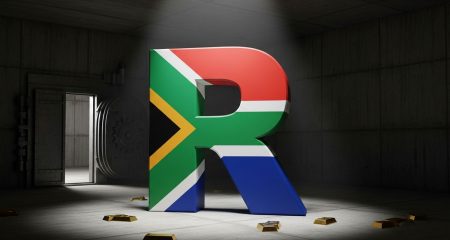
South African Reserve Bank (Sarb) governor Lesetja Kganyago announced on Thursday that the Bank’s monetary policy committee has decided to leave the interest rate unchanged.
This means the repo rate, which is the interest rate at which the Sarb lends money to commercial banks, remains at 7%. The cost of borrowing stays at 10,5%.
Data on Wednesday showed South Africa’s headline consumer inflation dipped below the top end of the Reserve Bank’s target in August to its lowest in nine months, suggesting there would be no interest rate increase. The consumer price index was 6% in July 2016, down from 6,3% in June.
“An improved inflation profile and a stable rand exchange rate would strengthen the argument for no further interest rate hikes in this tightening cycle,” Investec economist Kamilla Kaplan told Bloomberg on Wednesday before release of the data.
In a note on Thursday, TreasuryOne said: “We awoke this morning with the rand 20c lower than it was when we left our offices yesterday.”
One of the reasons for the decline was the fact that the Federal Reserve did not raise US interest rates on Wednesday, and although it indicated there might be a hike in December, the market has taken that with a pinch of salt.
“The second reason is that South Africa’s political problems have started to die down, which means that the risk premium around the rand has been unwound and we are trekking back to pre-Gordhan-Hawks levels.”
Lastly, said TreasuryOne, there have been rumours that some large institutional flows have started which could mean that the foreign exchange flow of the SABMiller deal has commenced.




